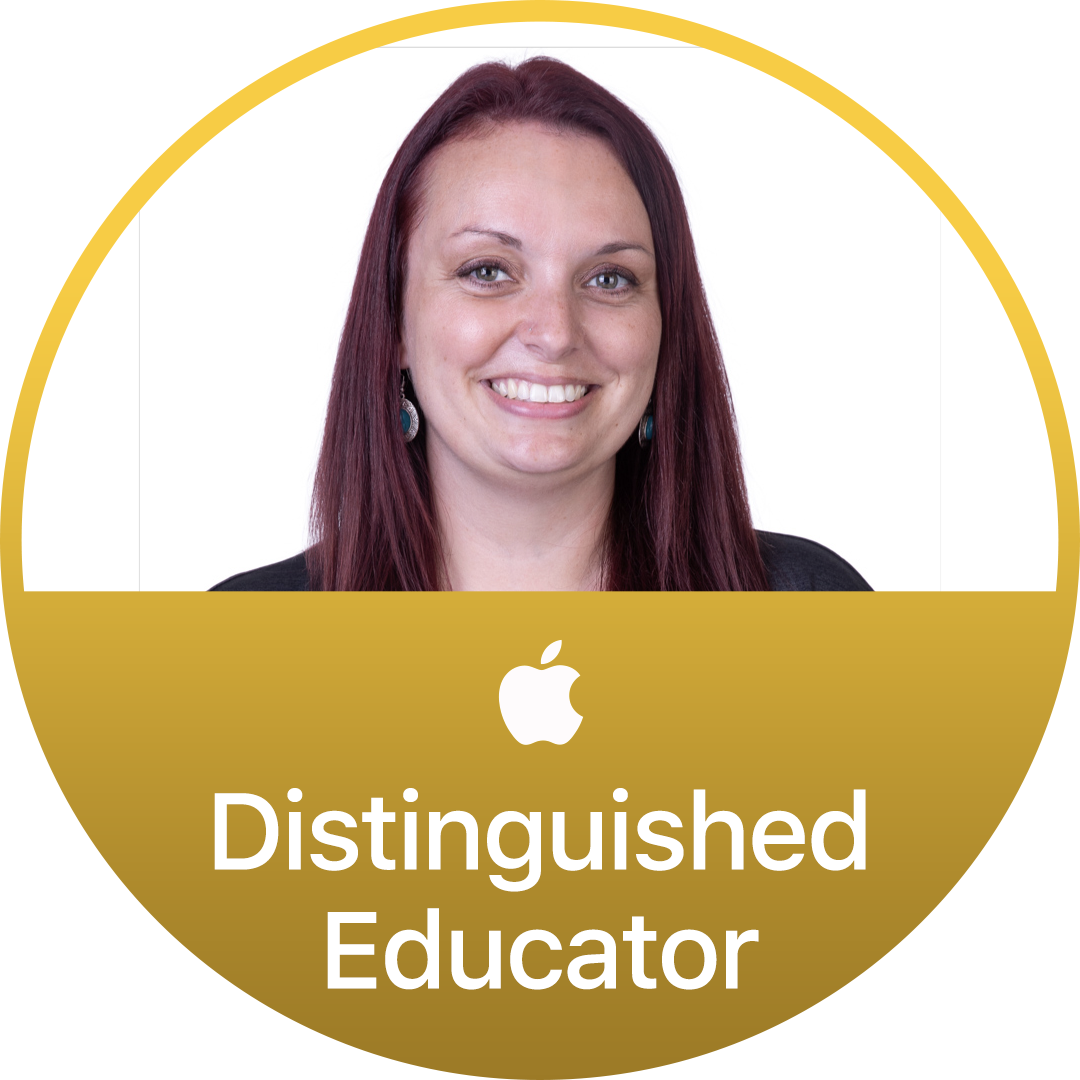 Business vector created by katemangostar - www.freepik.com Business vector created by katemangostar - www.freepik.com
As stated in my last post, I am very much on the pedagogy (and technology) side of the TPACK diagram. Because of this, the article we began to read this week (A Rich Seam by Michael Fullan and Maria Langworthy) really resonated with me.
I feel fortunate to currently work at a school that has a history of being open-minded. Anyone following ISHCMC's journey will know about our trials and iterations of the Studio model in grade 5 and followed by 4. If you don't, feel free to catch up on this website from a few years ago (it has not been kept up to date, as many educators have moved to different schools or grade levels). The team I am currently working with in Studio 4 are some of the most collaborative partnerships I have ever been in. Everyone is willing to take a risk, try something new, FAIL, and move forward. We adjust based on what we feel the learners in front of us need at the time. This could be very different to what last year's learners needed... or even the same learners a week ago. If you want to know more about Studio 4 (structured a lot differently to Studio 5, you can read my personal blog and follow my current and previous colleagues on Twitter (Paul Cheevers, Justin Ouellette, Corie Olson, Danielle Looney, Johnathan Phillips). Our partnerships (between teachers and students) are strong. Our spaces play a roll in this. We have moving walls (large sliding glass doors that double as whiteboard space), open areas, a "town hall" we sometimes have called a "literacy studio" based on student needs at the time, and resources out and available for student use, as needed. Student goals are visible online and offline so anyone (teacher or student) can see what someone is working on and seek or offer assistance. All teachers are available to all students, and we grow these partnerships by mixing students and rooms as much as we can (varied with each unit and time of year). Goals and evidence of learning are also shared with parents weekly. This strengthens the partnership at home by giving transparency and a "window into the classroom." Because of these meaningful partnerships, we are discovering and mastering content collaboratively with the students, just as the authors describe in A Rich Seam. The quote "We are at the early stages of disruptive innovations, which represent a new period of development, trial, error and further development" from this text describes my time in the studio well. We are constantly making iterations of what we do and what we create in order to suit our students better. I think an area we could grow in is collaborating with specialists and other age groups. Time is a main enemy here. Not only time to meet with the teachers and figure it out, but also timetables of the structured "school" we are all used to. It is limiting. What if those structures were taken away? What could specialists look like if they didn't have a timetable? Would we be benefiting students by letting them explore these subject areas as needed, or would we be hindering them by taking away opportunities to experience new things? In elementary/primary school I feel like the balance of this is hard. A phrase that we often say is "they don't know what they don't know" ... but we also want them to follow a passion once they do know it.
2 Comments
Shalene
11/15/2020 12:14:07 pm
Hey Cindy,
Reply
Hi Cindy!
Reply
Your comment will be posted after it is approved.
Leave a Reply. |
Cindy KaardalThis blog page is specifically for my COETAIL blog posts. Archives
April 2021
Categories
All
|


 RSS Feed
RSS Feed